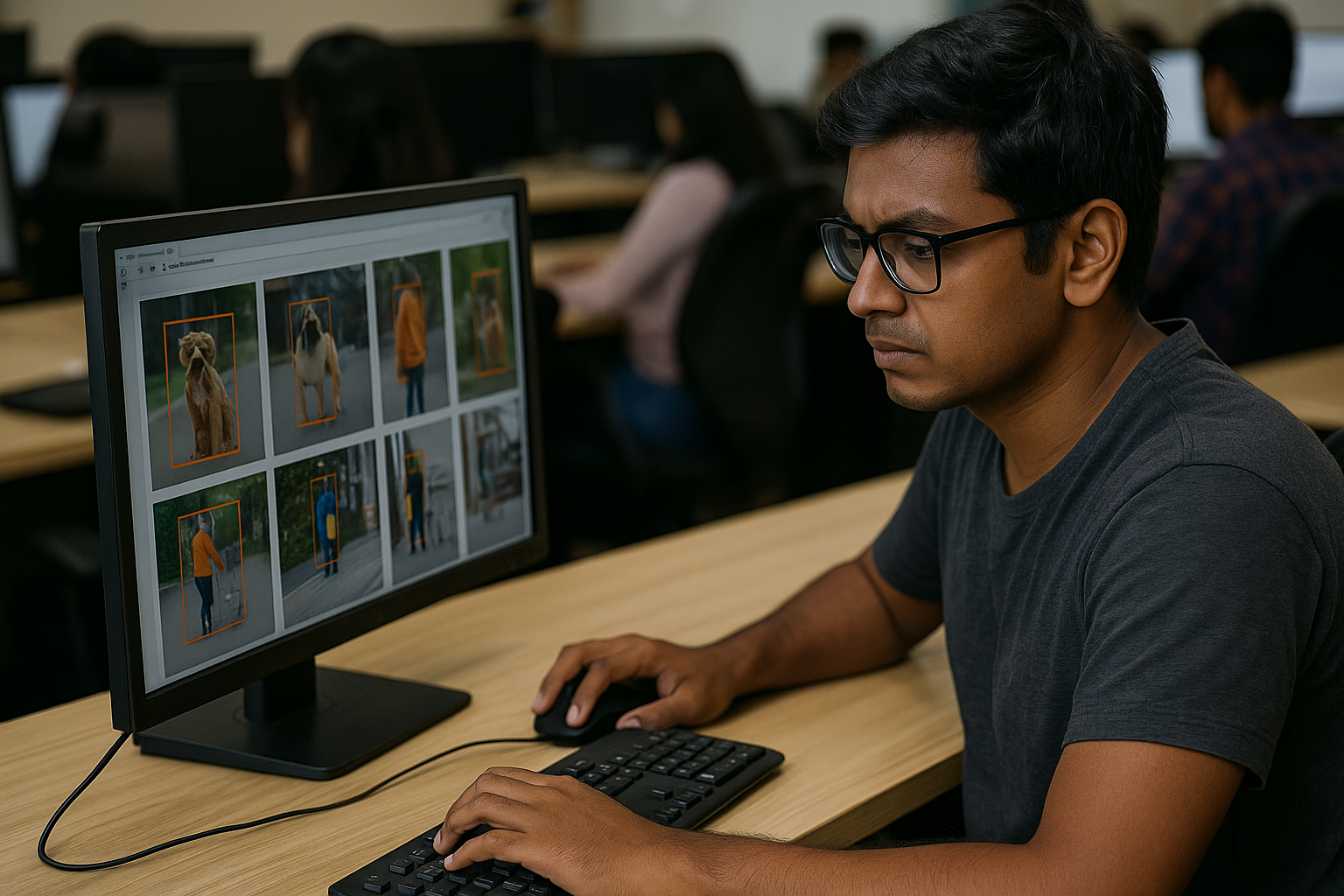Global AI boom conceals widespread labor inequality and digital exploitation
While higher education classrooms integrate AI platforms for writing support, translation, image generation, and personalized tutoring, the study argues that the true labor force behind these tools is largely invisible. This workforce includes cloudworkers and data annotators, often situated in low-income regions, who perform tedious and emotionally taxing tasks like labeling training data and moderating harmful content.

A new study published in Frontiers in Communication sheds light on the largely invisible and often-overlooked human labor that powers artificial intelligence (AI) tools widely used in academic settings. The paper, titled "Reflection AI: Feeding the Machine – The Hidden Labour Behind AI Tools and Ethical Implications for Higher Education", critically examines the ethical costs embedded in today’s AI-driven education technologies.
The study stresses the moral disconnect between the polished interfaces of AI platforms like ChatGPT and the global network of underpaid data workers who make them function. As generative AI becomes a mainstay of academic life, the authors argue that institutional actors must confront the exploitative labor conditions underpinning these technologies and adopt ethical frameworks that center fairness and accountability.
Who are the invisible workers behind AI tools?
While higher education classrooms integrate AI platforms for writing support, translation, image generation, and personalized tutoring, the study argues that the true labor force behind these tools is largely invisible. This workforce includes cloudworkers and data annotators, often situated in low-income regions, who perform tedious and emotionally taxing tasks like labeling training data and moderating harmful content.
The authors highlight that these workers frequently operate under precarious contracts, receive minimal pay, and face limited workplace protections. Their labor is instrumental in training large language models (LLMs) and generative AI, yet they remain excluded from the benefits these technologies create. The study underscores that such ethical blind spots are common in academia’s embrace of AI, where the focus tends to remain on outcomes rather than production.
Through the lens of the Fairwork project, an initiative dedicated to improving working conditions in the platform economy, the authors call attention to the structural inequities fueling AI development. They urge educational institutions not only to recognize this dynamic but to actively engage in changing it by advocating for just labor practices across AI supply chains.
Why higher education cannotignore AI’s ethical foundations
According to the study, the normalization of AI use in higher education has generated a gap in the discourse around digital ethics. While educators increasingly discuss how to integrate AI into assessment, curricula, and pedagogy, far fewer engage with the question of how these tools are produced and under what conditions.
This omission is critical, the authors argue, because educational institutions have a moral responsibility to align their technology use with the values they espouse, particularly those related to equity, justice, and global citizenship. By relying on AI systems that depend on labor exploitation, universities risk contradicting their own social missions.
The paper proposes that higher education institutions should incorporate ethical reflections about AI production into teaching practices and administrative policies. Instructors are encouraged to prompt student awareness around the material conditions of AI, and curriculum designers are urged to include modules on digital labor ethics and global inequalities.
What can universities do to address AI labor injustice?
The study suggests that universities adopt the Fairwork scoring system as both a heuristic and a methodology for ethical engagement with AI. This framework allows institutions to evaluate the fairness of digital labor practices behind the tools they deploy, ensuring that procurement and usage decisions are informed by human rights considerations.
Additionally, the authors recommend that universities:
- Prioritize transparent sourcing of AI platforms that disclose their labor practices.
- Advocate for improved working conditions for data annotators and AI moderation workers.
- Foster cross-disciplinary dialogue between computer science, ethics, labor studies, and pedagogy.
- Encourage student activism and awareness regarding the hidden infrastructures of digital technology.
By adopting these measures, higher education can transform from a passive consumer of AI technologies to an active agent of ethical innovation. Classroom is not just a site of learning but also a platform for modeling socially responsible technology use, the study stresses.
- READ MORE ON:
- hidden labor in AI
- digital labor exploitation
- AI ethics and human rights
- invisible workforce behind AI
- AI and global labor practices
- how hidden human labor powers AI technologies
- invisible labor forces driving digital innovation
- digital workers' rights in the age of artificial intelligence
- FIRST PUBLISHED IN:
- Devdiscourse










